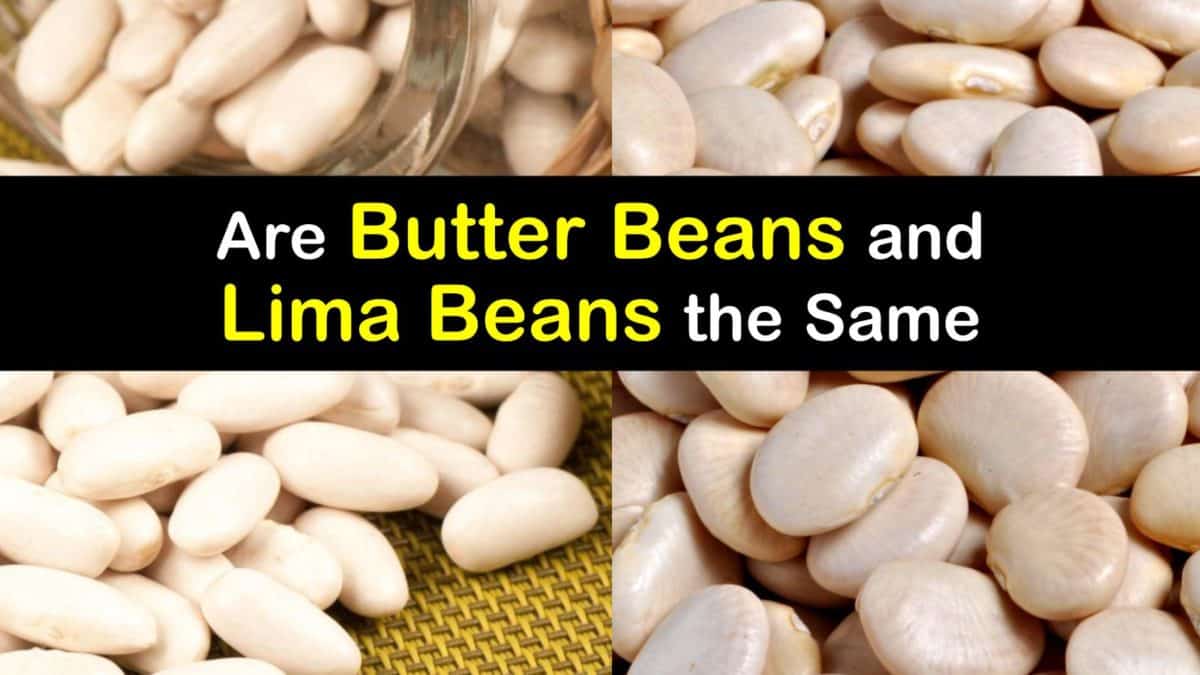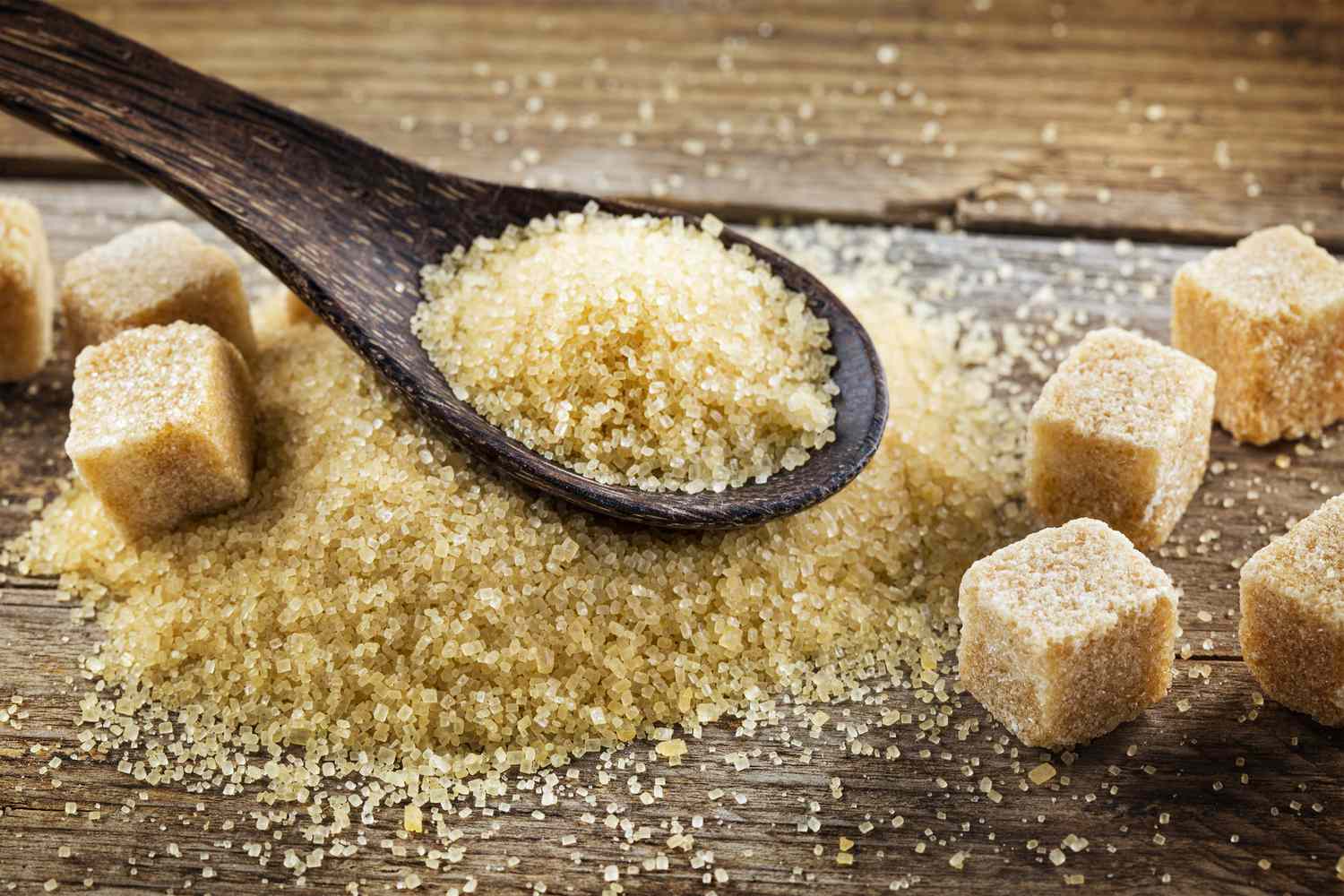Butter beans, often hailed as culinary gems, hold a revered place in the world of gastronomy. These creamy legumes, also known as lima beans, boast a rich history and a diverse array of culinary applications. From their nutritional benefits to their role in traditional cuisines around the globe, butter beans have captivated the taste buds of food enthusiasts for centuries. Join us on a journey as we delve into the fascinating world of butter beans, exploring their origins, health benefits, culinary versatility, and much more.
Introduction to Butter Beans
What are Butter Beans?
Butter beans, scientifically known as Phaseolus lunatus, are large, flat legumes that belong to the bean family. They derive their name from their buttery texture and mild, slightly nutty flavor. Available in various colors, including white, green, and speckled, butter beans are a staple ingredient in many cuisines worldwide.
Historical Significance and Cultural Importance
Butter beans have a rich cultural history dating back thousands of years. Indigenous to South and Central America, they were cultivated by ancient civilizations such as the Incas and Mayans. These legumes later made their way to Europe and Africa through trade routes, becoming integral components of traditional dishes in countries like Italy, Greece, and Nigeria.
Nutritional Profile of Butter Beans
Nutritionally dense, butter beans are packed with essential vitamins, minerals, and macronutrients. They are an excellent source of protein, fiber, folate, and iron, making them a valuable addition to a balanced diet. Incorporating butter beans into your meals can provide numerous health benefits, from supporting heart health to promoting digestive wellness.
Varieties of Butter Beans
Lima Beans: The Most Common Type
Lima beans, often used interchangeably with butter beans, are the most prevalent variety. They are available in two main types: baby lima beans, which are smaller and sweeter, and Fordhook lima beans, which are larger and firmer. Both varieties offer a creamy texture and delicate flavor that enhances a wide range of dishes.
Other Variants and Their Unique Characteristics
In addition to lima beans, there are several other types of butter beans cultivated worldwide. This includes the Christmas lima bean, known for its colorful appearance and nutty taste, and the Madagascar bean, prized for its robust flavor and firm texture. Each variant brings its own distinct qualities to the table, adding depth and complexity to culinary creations.
Regional Differences in Butter Bean Cultivation
The cultivation of butter beans varies significantly across different regions, influenced by factors such as climate, soil conditions, and agricultural practices. In the United States, butter beans are commonly grown in the southern states, where the warm climate and fertile soil provide optimal growing conditions. In contrast, countries like Italy and Greece have long-standing traditions of cultivating butter beans in their Mediterranean climates.
Health Benefits of Butter Beans
Nutrient Content and Dietary Value
Butter beans are nutritional powerhouses, packed with vitamins, minerals, and antioxidants essential for overall health and well-being. They are particularly rich in protein, making them an excellent plant-based source of this essential nutrient. Additionally, butter beans contain significant amounts of fiber, which supports digestive health and helps regulate blood sugar levels.
Potential Health Effects: From Heart Health to Weight Management
Incorporating butter beans into your diet can have a multitude of positive effects on your health. Research suggests that the high fiber content of butter beans may help lower cholesterol levels and reduce the risk of heart disease. Furthermore, their low glycemic index makes them a suitable option for individuals looking to manage their weight or control blood sugar levels.
Role in Preventing Chronic Diseases
The abundant antioxidants found in butter beans contribute to their potential role in preventing chronic diseases such as cancer, diabetes, and Alzheimer’s. These antioxidants help neutralize harmful free radicals in the body, protecting cells from oxidative damage and inflammation. By including butter beans in your meals regularly, you can enhance your body’s defense mechanisms and support long-term health.
Cooking with Butter Beans
Culinary Versatility: Soups, Stews, Salads, and More
One of the most appealing aspects of butter beans is their incredible versatility in the kitchen. Whether used as a hearty base for soups and stews, a protein-rich addition to salads and grain bowls, or a creamy component in dips and spreads, butter beans lend themselves to a wide range of culinary applications. Their mild flavor and creamy texture make them an ideal canvas for showcasing a variety of seasonings and ingredients.
Tips for Proper Preparation and Cooking Methods
To make the most of butter beans’ culinary potential, it’s essential to prepare and cook them properly. Start by rinsing the dried beans under cold water to remove any debris or impurities. For dried beans, soaking them overnight can help reduce cooking time and improve digestibility. When cooking butter beans, simmer them gently in a flavorful broth or sauce until tender but not mushy. Avoid overcooking, as this can result in a loss of texture and flavor.
Flavor Combinations and Recipe Ideas
Experimenting with different flavor combinations is key to unlocking the full potential of butter beans in your cooking. Pair them with bold spices and herbs like garlic, cumin, and thyme for a savory twist, or combine them with fresh vegetables and citrus for a light and refreshing dish. Whether you’re craving a comforting bowl of butter bean soup, a zesty bean salad, or a creamy bean dip, the possibilities are endless when it comes to cooking with butter beans.
Butter Beans in Traditional Cuisine
Global Culinary Traditions Featuring Butter Beans
Butter beans play a prominent role in traditional cuisines around the world, where they are prized for their flavor, texture, and nutritional value. In the southern United States, butter beans are a beloved staple, often simmered with smoked ham hocks or bacon for a hearty soul food dish. In Mediterranean countries like Greece and Italy, butter beans are commonly used in soups, stews, and casseroles, showcasing their versatility in Mediterranean cuisine.
Signature Dishes from Different Cultures
From succotash in the American South to fasolada in Greece and feijoada in Brazil, butter beans feature prominently in a variety of signature dishes across different cultures. These dishes highlight the adaptability of butter beans and their ability to absorb the flavors of other ingredients, resulting in rich and satisfying meals that reflect the unique culinary traditions of each region.
Culinary Heritage and Regional Variations
The culinary heritage of butter beans is deeply intertwined with the cultural identities of the communities that cultivate and consume them. In some regions, butter beans are celebrated as symbols of prosperity and abundance, featured prominently in festive feasts and celebratory meals. In others, they are cherished for their simplicity and versatility, serving as a humble yet nourishing ingredient in everyday cooking. Regardless of the cultural context, butter beans continue to hold a special place in the hearts and kitchens of people around the world.
Sustainable Agriculture and Butter Beans
Environmental Benefits of Butter Bean Cultivation
The cultivation of butter beans offers numerous environmental benefits, making them a sustainable choice for both farmers and consumers. As leguminous plants, butter beans have the unique ability to fix nitrogen in the soil, reducing the need for synthetic fertilizers and improving soil health. Additionally, their deep root systems help prevent soil erosion and promote water retention, making them well-suited to sustainable farming














